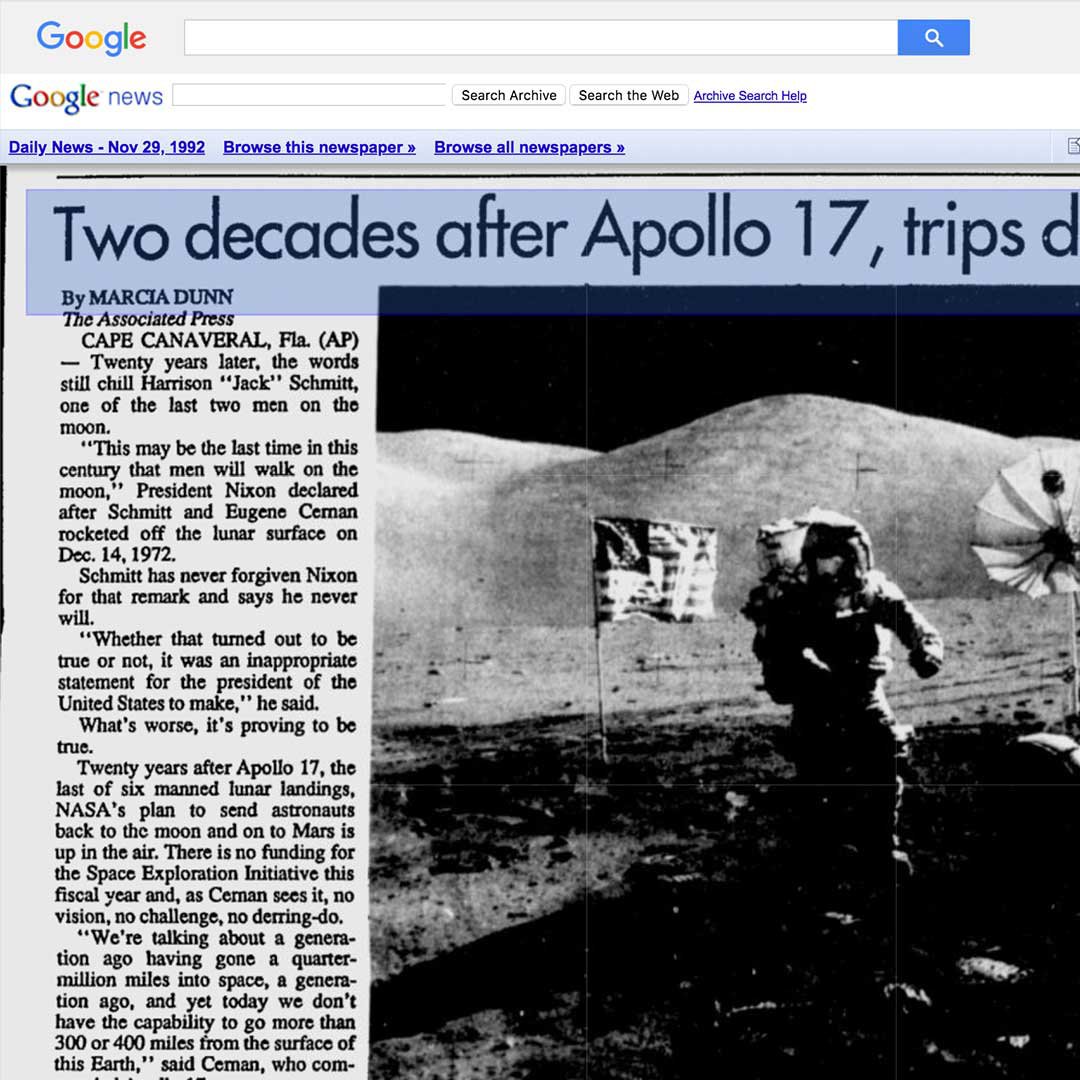How News Articles can Save You Time, Stress, and Money.
How News Articles can Save You Time, Stress, and Money.
Blog Article
What Does News Articles Do?
Table of ContentsThe Only Guide for News Articles10 Simple Techniques For News ArticlesThe Of News ArticlesThe 20-Second Trick For News ArticlesThe Buzz on News Articles
Excellent understanding of various subjects gives pupils an one-upmanship over their peers. Although digital and social networks are readily accessible, we must not forget exactly how important it is to review the newspapers. Parents should attempt and inculcate the routine of reviewing a paper as an everyday regimen to continue the tradition of the adored print tool.News stories additionally consist of at the very least one of the adhering to important attributes loved one to the desired audience: distance, prestige, timeliness, human passion, quirk, or consequence.
Within these limitations, newspaper article likewise aim to be extensive. Various other factors are involved, some stylistic and some derived from the media kind. Among the larger and more highly regarded newspapers, fairness and equilibrium is a major consider offering details. Discourse is normally constrained to a different area, though each paper may have a various overall slant.
Papers with a worldwide audience, as an example, have a tendency to use an extra formal design of composing. The particular selections made by an information outlet's editor or content board are typically collected in a design overview; common design overviews consist of the and the United States News Design Book. The main objectives of news writing can be summarized by the ABCs of journalism: accuracy, brevity, and quality.
Some Known Facts About News Articles.
Generally, journalists will not utilize a long word when a brief one will do. They use subject-verb-object building and brilliant, active prose (see Grammar). They provide narratives, examples and metaphors, and they seldom depend upon generalizations or abstract ideas. News writers try to prevent making use of the exact same word extra than as soon as in a paragraph (occasionally called an "echo" or "word mirror").
Headlines sometimes leave out the subject (e.g., "Jumps From Watercraft, Catches in Wheel") or verb (e.g., "Pet cat lady fortunate"). A subhead (also subhed, sub-headline, subheading, subtitle, deck or dek) can be either a subordinate title under the major heading, or the heading of a subsection of the write-up. It is a heading that precedes the main message, or a group of paragraphs of the main message.

Added signboards of any of these types may show up later in the post check that (especially on succeeding web pages) to attract further reading. Such signboards are also utilized as pointers to the post in various other areas of the publication or site, or as ads for the piece in various other publication or websites. Regular framework with title, lead paragraph (summary in vibrant), other paragraphs (details) and contact details.

Example of a hard-lead paragraph NASA is proposing another room job. The budget demands roughly $10 billion for the project.
An "off-lead" is the 2nd most vital front page news of the day. To "hide i was reading this the lead" is to begin the article with history details or details of additional significance to the viewers, forcing them to check out even more deeply into a write-up than they ought to have to in order to discover the necessary factors.
3 Simple Techniques For News Articles
Usual use is that or 2 sentences each form their very own paragraph. Reporters normally define the company or structure of a news story as an upside down pyramid. The necessary and most fascinating aspects of a story are placed at the start, with supporting info complying with in order of lessening importance.
It allows people to explore a subject to just the depth that their curiosity takes them, and without the charge of information or nuances that they can take into consideration unnecessary, but still making that details readily available to extra interested viewers. The upside down pyramid structure also makes it possible for short articles to be trimmed to any kind of approximate size throughout design, to fit in the room available.
Some writers begin their stories with the "1-2-3 lead", yet there are many sort of lead readily available. This style invariably begins with a "Five Ws" opening paragraph (as defined above), followed by an indirect quote that serves to support a significant component of the very first paragraph, and after that a direct quote to support the indirect quote. [] A twist can refer to multiple things: The last story current broadcast; a "delighted" story to finish the show.
Longer articles, such as magazine cover short articles and the items that lead the reference inside areas of a paper, are recognized as. Function stories differ from straight information in a number of means. Foremost is the absence of a straight-news lead, the majority of the time. Rather of offering the significance of a story in advance, feature authors might attempt to lure visitors in.
The Single Strategy To Use For News Articles
A feature's first paragraphs typically associate an appealing moment or event, as in an "anecdotal lead". From the details of an individual or episode, its sight quickly broadens to generalizations concerning the story's topic.

The Editor's Tool kit: A Reference Overview for Beginners and Professionals (2001) Allan M. Siegal and William G. Connolly. The New York City Times Manual of Design and Usage: The Authorities Design Guide Used by the Writers and Editors of the Globe's Most Authoritative Paper (2002) M. L. Stein, Susan Paterno, and R.
Report this page